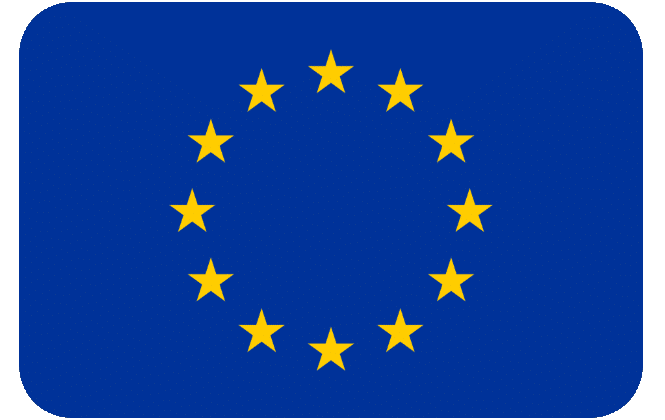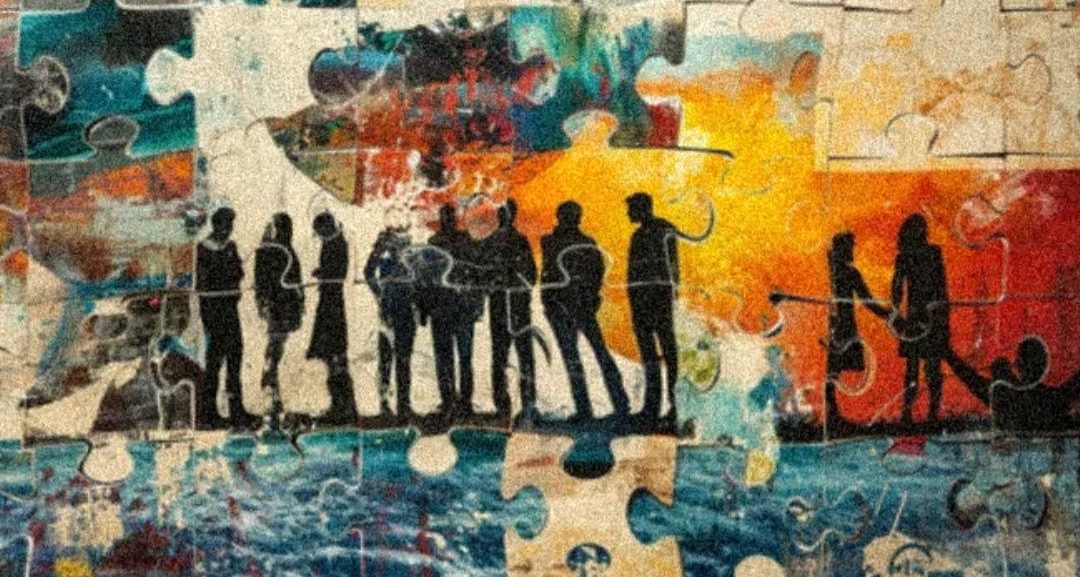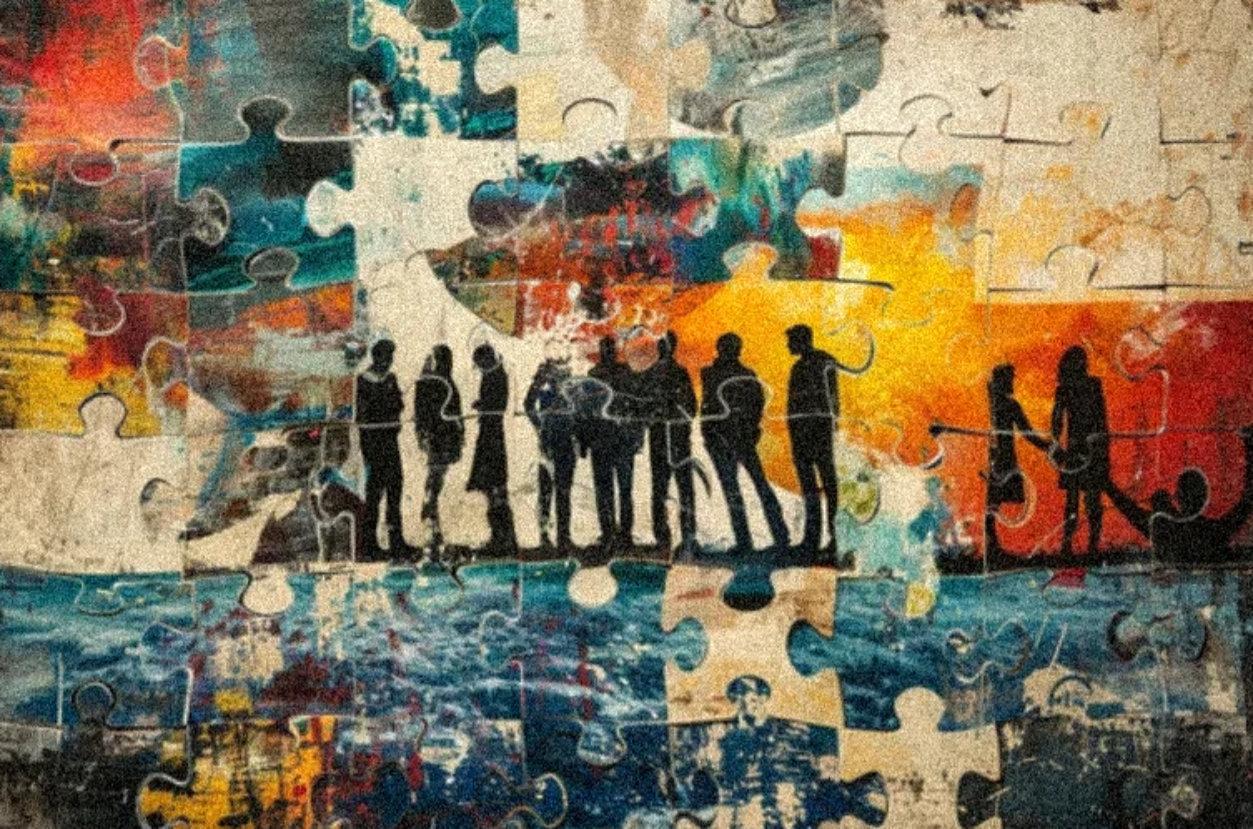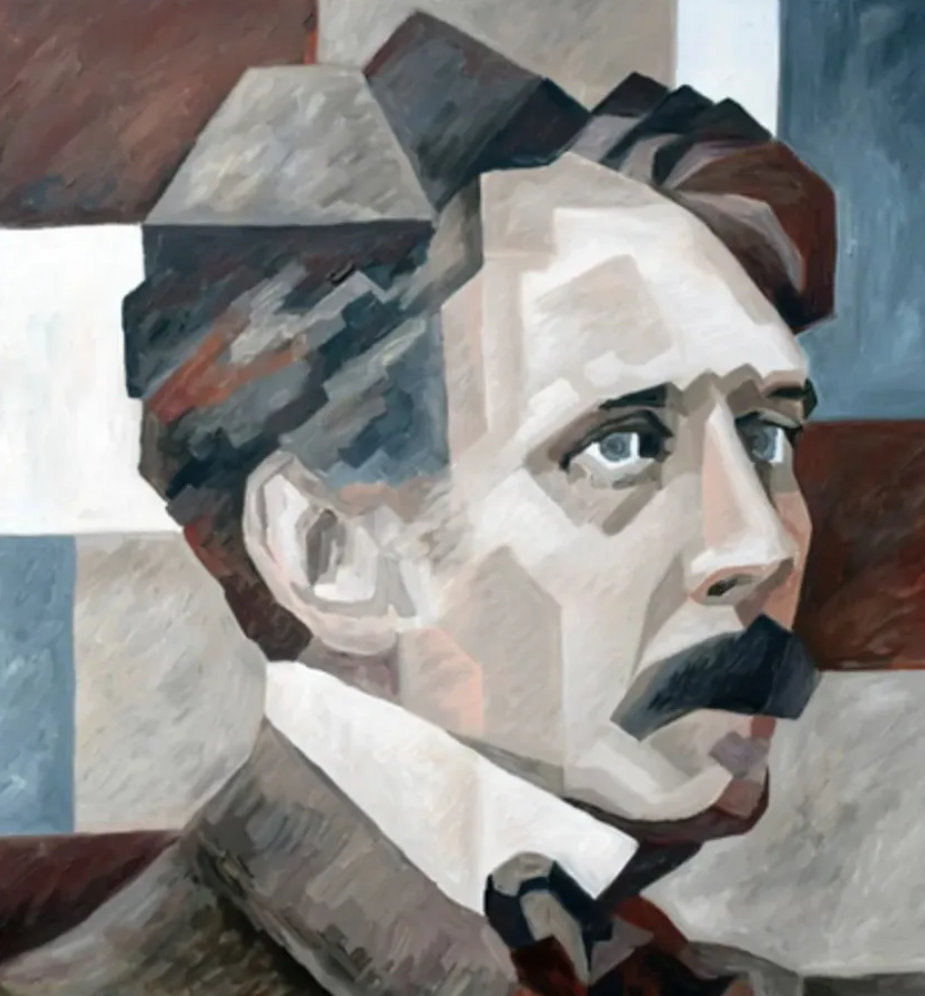
Translation And Proofreading for Reputation Management
Translation And Proofreading for Reputation Management
Not-to-be-neglected service to uphold brand integrity

Translation and proofreading are two sides of the same coin as far as professional language services are concerned. Each plays a pivotal role in producing content that is clear, fluent, and pleasant to read. The touch of a skillful proofreader adds weight to the text and thus to the reputation of the owner of the message. One who is concerned about his reputation or brand management cannot leave this area unattended. Communication should be not only diligently translated but also proofread.
The Synergy of Translation and Proofreading
It is human to err. No matter how experienced and attentive a translator is, mistakes are virtually impossible to avoid. A new reader would typically find some mishaps or come up with new ways to rephrase the same with better wording. Besides, oftentimes the target language is not native to the translator. In that case, the accent in written language is as hard to avoid as in spoken language. To make the text stand up to the highest professional standards, proofreading by a native speaker is an indispensable part of the process.
A proofreader checks the accuracy of translation and makes sure that any ambiguous passages are straightened up and clarified. Then he or she sees to it that grammar and punctuation are correct. Even formatting is up to the proofreader. Typically it must be uniform throughout the text.
Case analysis: untapped opportunities for businesses looking to expand abroad: “How Translation Excellence Impacts Business Expansion”

Untapped opportunities for businesses looking to expand abroad
Cultural sensitivity is another aspect of the translation and proofreading process. It demands respecting the cultural norms and values of the readers of the translated texts. The final message should sound quite native to its recipients. In order to make that happen, both the translator and proofreader must pay attention that the translation sounds as natural and respectful as possible. Language service professionals say the intent of the author should be preserved without any compromise, but the wording must sound fully natural to the audience who is going to consume the translation.
Streamlining the Localization Process
Localization as a form of art
Translation and proofreading are integral to the localization process, which adapts content to meet the linguistic, cultural, and technical requirements of a specific market or region. By working hand-in-hand, translators and proofreaders achieve the same level of quality and relevance as the original, making it more accessible and appealing to the target audience.
Also read: AI-Assisted Translation is NOT Replacing Professional Translators
Summary
To achieve the best outcome possible, the translation is double-checked by a proofreader in a professional setting. Many aspects are put under scrutiny: accuracy of the translation, consistency of terms used, grammar, punctuation, and finally uniform formatting. One of the latest requirements for professional language services is to make the translated text fit into the cultural setting of the readers. This process is called localization.
The final result of this complex scrutiny is communication that invites trust and strengthens the reputation of the owner of the message. Organizations looking to expand their reputation sustainably into other countries cannot shun any part of the process.
 Official Translators for EU Institutions
Official Translators for EU Institutions




















